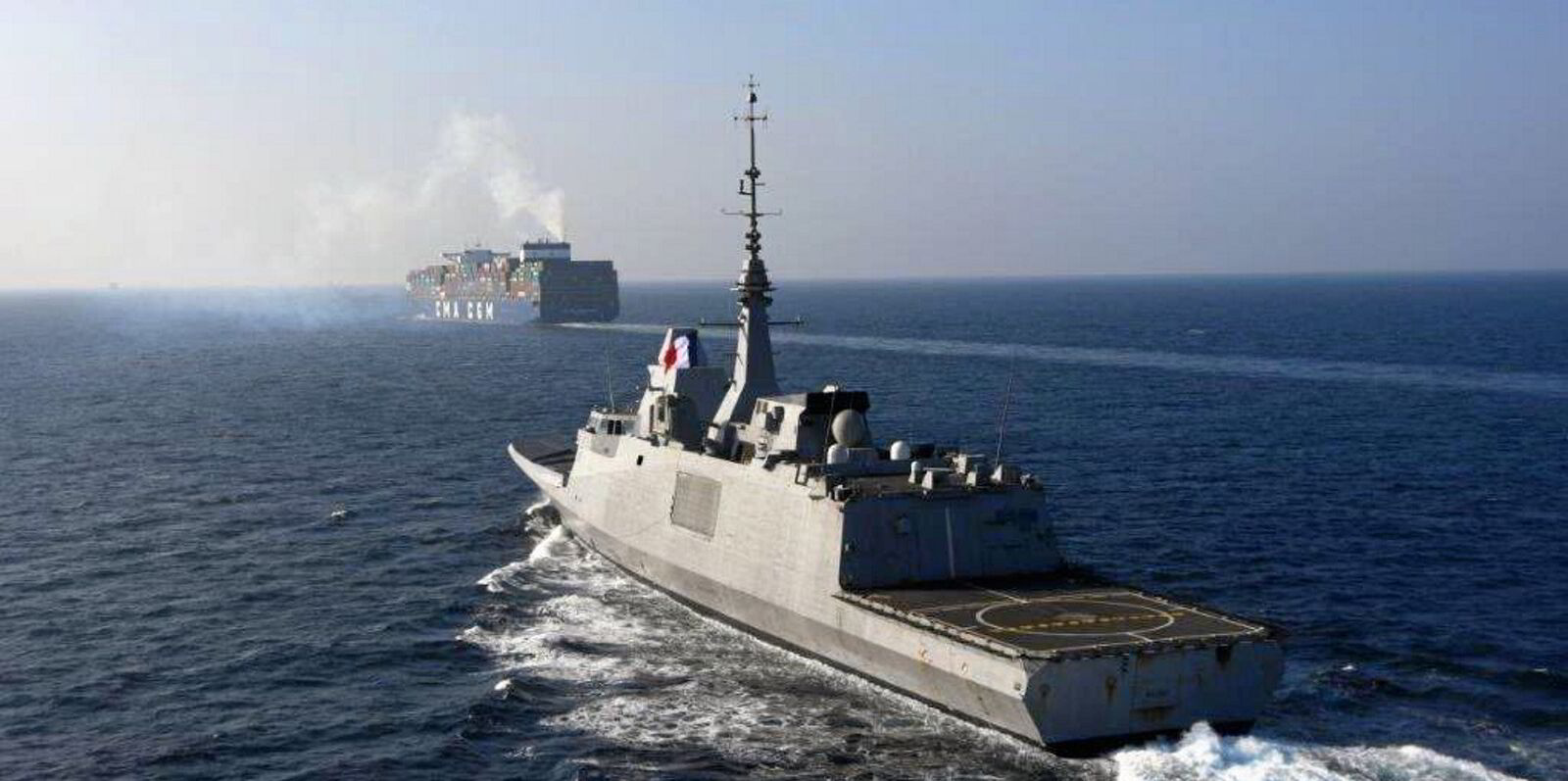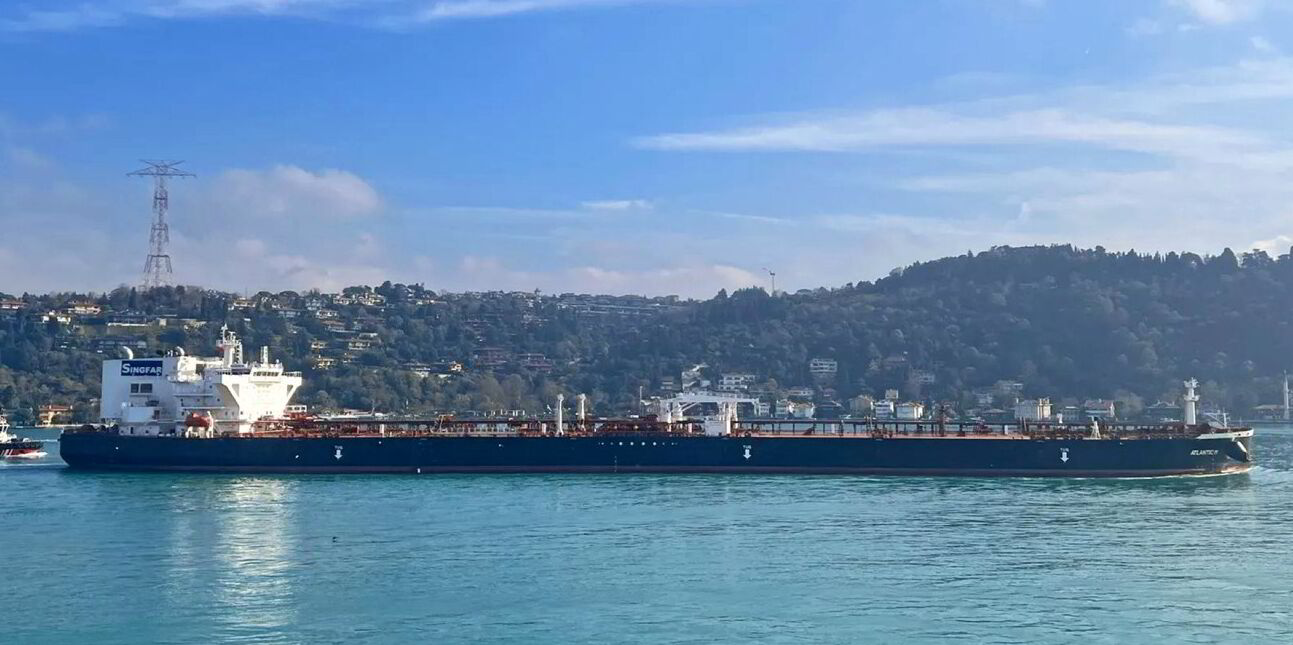The crisis in the Red Sea has pushed the tanker market into uncharted territory.
After two years of volatility, both crude and product tankers have reached an “unfamiliar equilibrium” thanks to stable oil markets, falling vessel deliveries and a notable rise in deadweight demand from diversions around the Cape of Good Hope, MSI said.
The independent research outfit said it expects demand levels to stay “higher for longer”.
“Analysis of market movements in the first half of 2024 finds that deadweight demand growth far outstrips that of oil demand and trade,” MSI said.
It found crude tanker deadweight demand has shot up by 5.5% and 4.5% for product tankers, about three times higher than growth in cargo volumes, due in part to the added distance of avoiding the Red Sea and Suez Canal.
Among asset classes, LRs were the most likely to avoid the area, with Suez Canal transits dropping by nearly two-thirds in the first four months of 2024, MSI said.
On Tuesday, Clarksons assessed the LR2 fleet weighted average at $46,100 per day and the LR1 fleet weighted average at $38,400 per day.
Both figures were behind the year-to-date 2024 average, where LR2s were calculated to be earning $58,100 per day and LR1s $45,300 per day.
But the 2024 average LR2 figure is the highest among all tanker asset classes, according to Clarksons data, while LR1s were just under the suezmax and aframax figures.
MSI said LR2 spot earnings were “some of the best performing” in the second quarter.





